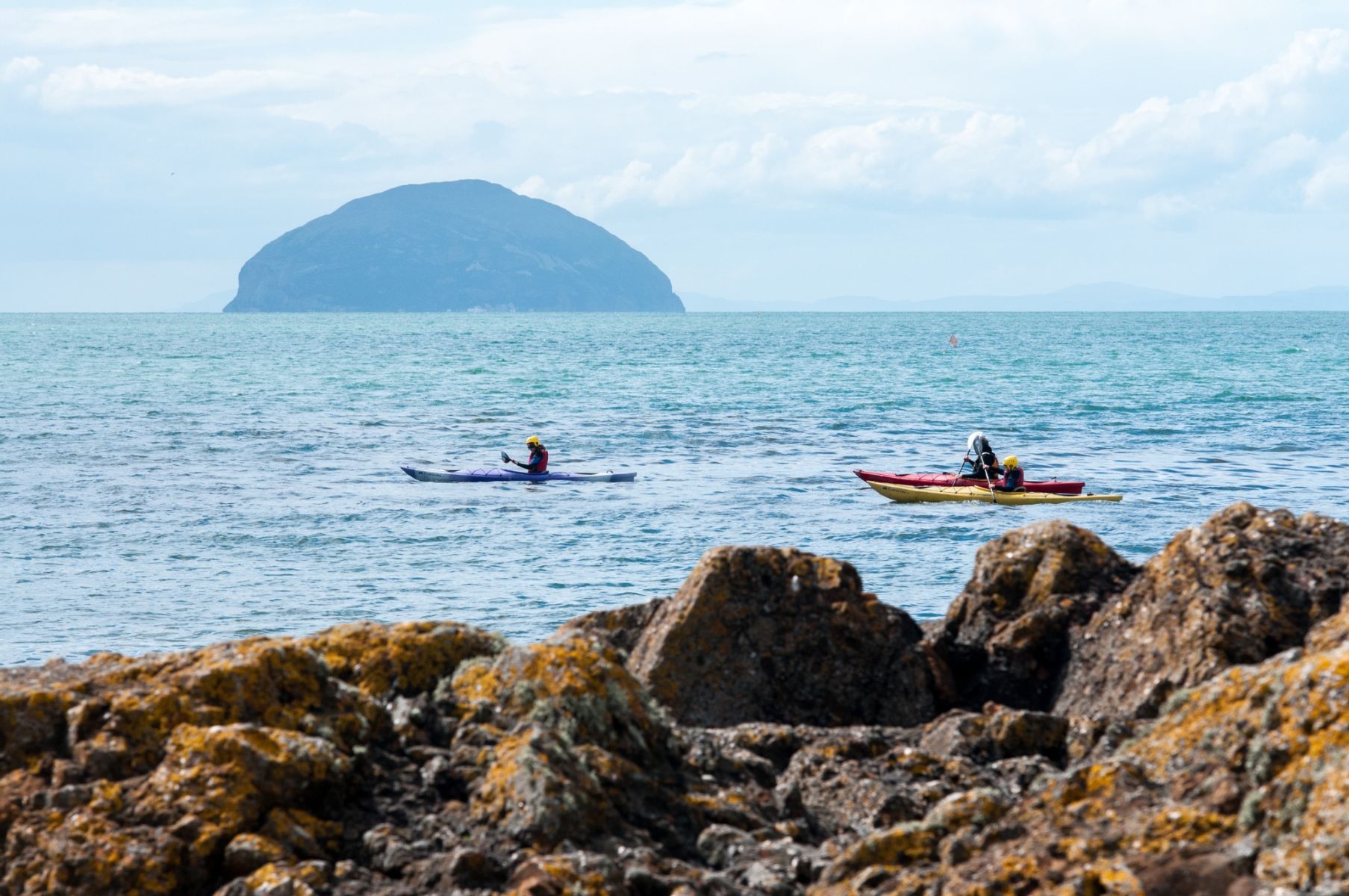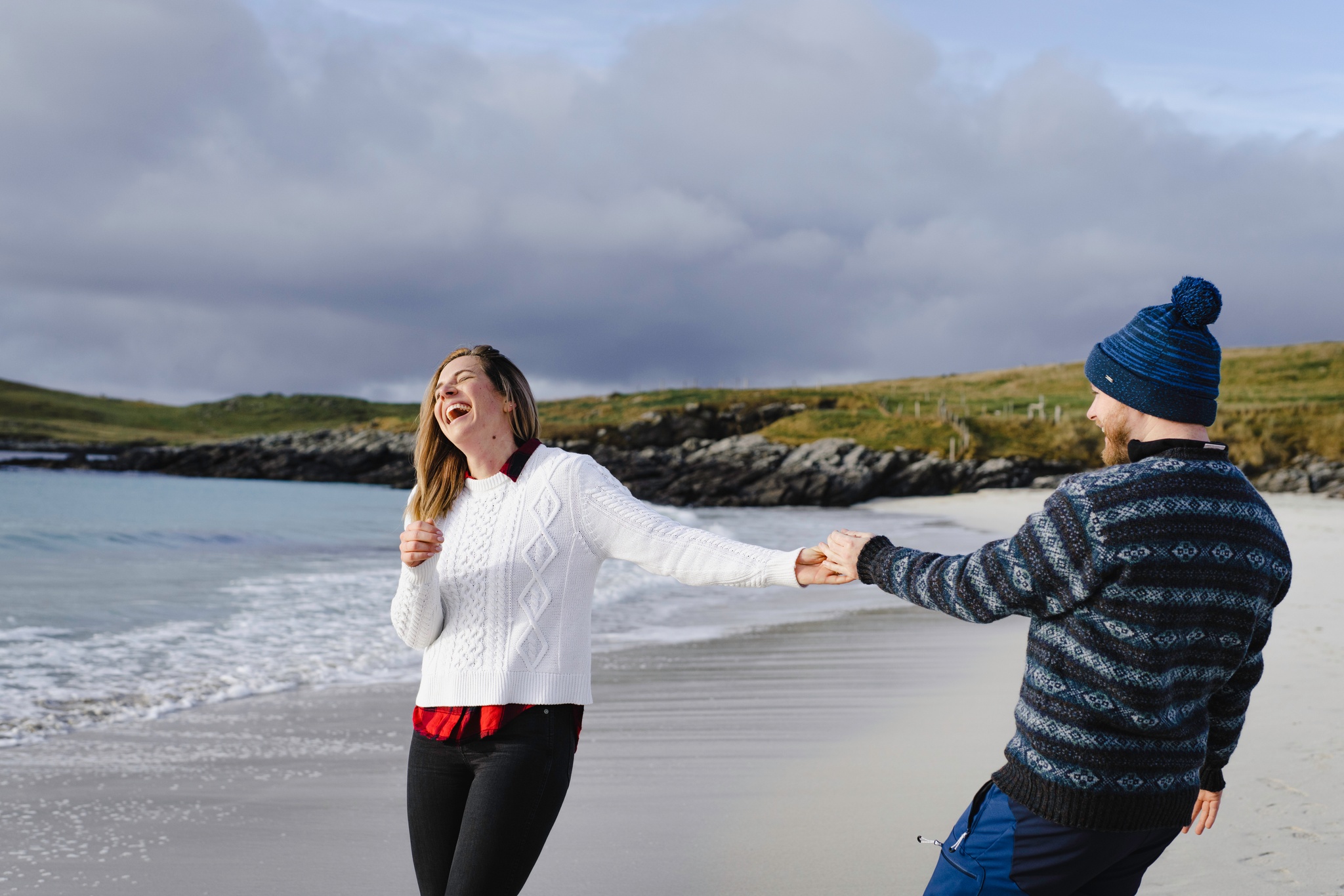Spiggie Beach
- Home
- Places to go
- Islands
- Shetland
Shetland
The Shetland islands have some of the richest Viking heritage and most incredible landscapes, including Breckon Beach which was recently featured in Condé Naste Traveller's list of Best Beaches in the World. Enjoy adrenaline-soaked adventure and experience spectacular wildlife on the Shetland islands, from seabirds and seals, to otters and orcas, not forgetting the famous Shetland ponies.
Find experiences
JavaScript needs to be enabled to see this product search form. You can turn this on in your browser settings.
Things to do in Shetland
From incredible nature to contempory arts, Shetland is a real adventure and a truly cosmopolitan place - not on the edge but in the centre of the northern seas.
Sorry, something's gone wrong. We can't display this content at the moment.
JavaScript needs to be enabled to watch this video. You can turn this on in your browser settings.
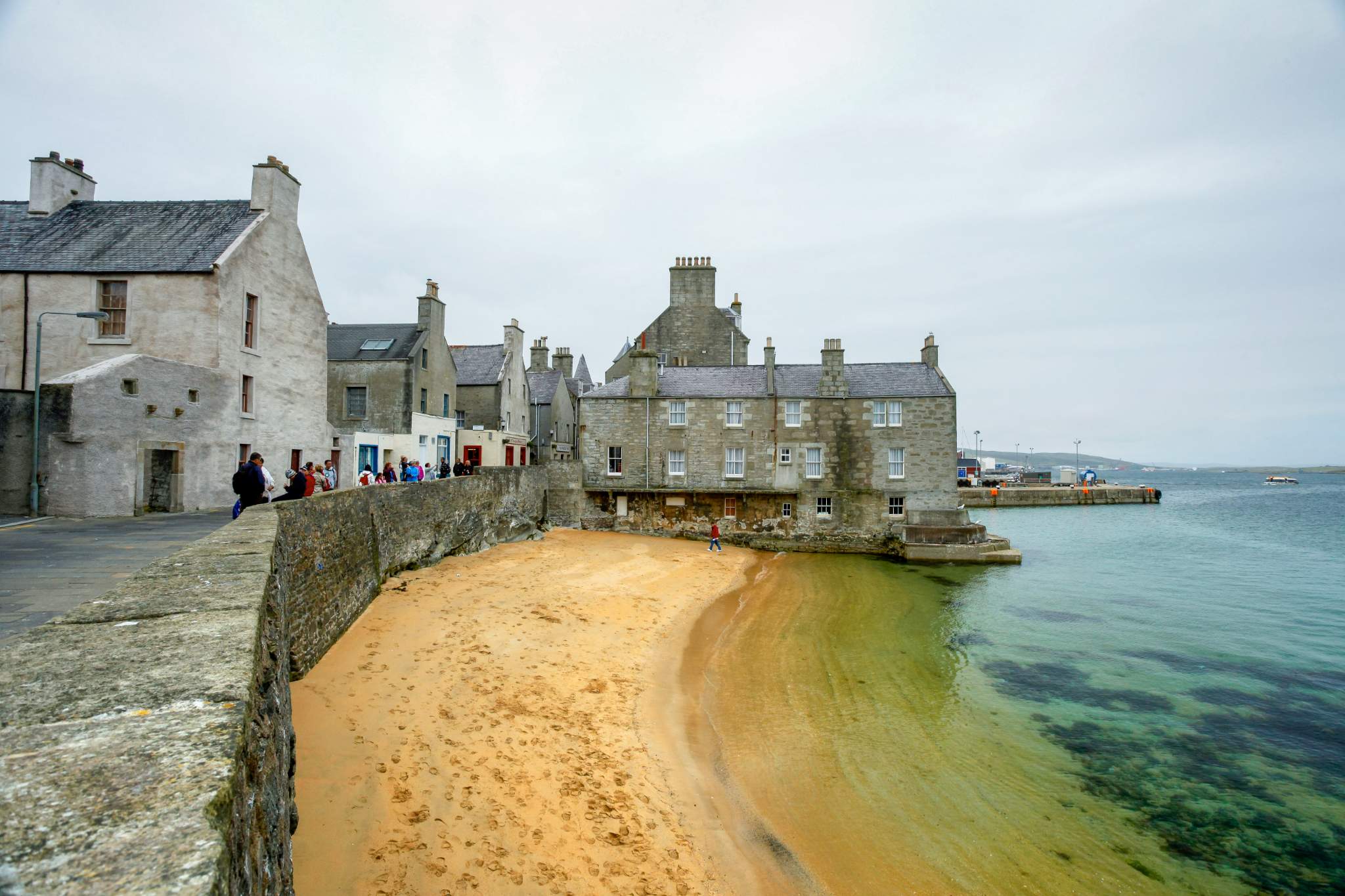
Sorry, something's gone wrong. We can't display this content at the moment.
JavaScript needs to be enabled to watch this video. You can turn this on in your browser settings.
History and heritage in Shetland
Discover more about the rich history of Shetland
Sorry, something's gone wrong. We can't display this content at the moment.
JavaScript needs to be enabled to watch this video. You can turn this on in your browser settings.
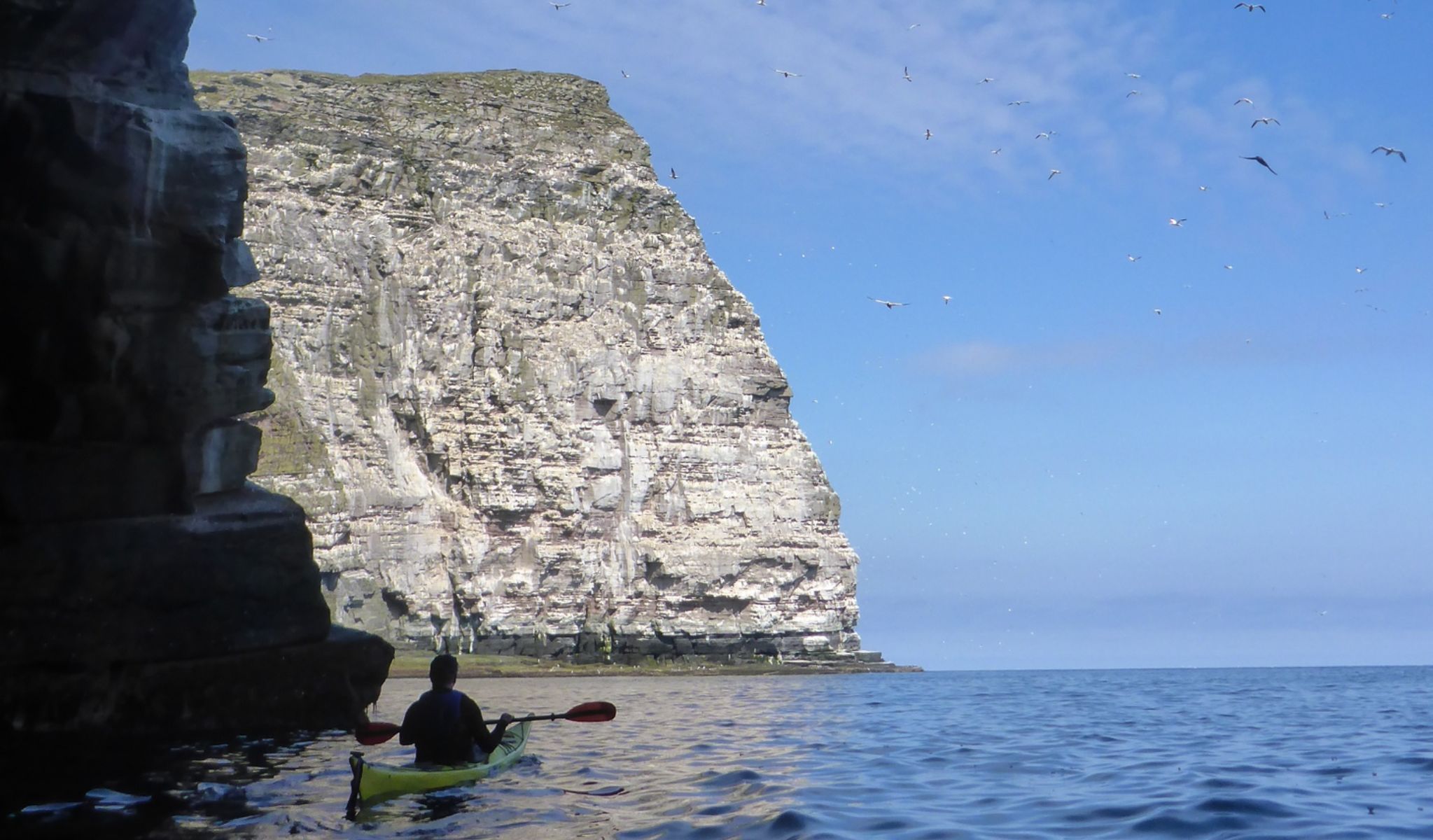
Sorry, something's gone wrong. We can't display this content at the moment.
JavaScript needs to be enabled to watch this video. You can turn this on in your browser settings.
Kayaking in Shetland
Shetland's extensive and accessible coastline offers endless opportunities for sea kayakers.
Sorry, something's gone wrong. We can't display this content at the moment.
JavaScript needs to be enabled to watch this video. You can turn this on in your browser settings.
Sorry, something's gone wrong. We can't display this content at the moment.
JavaScript needs to be enabled to watch this video. You can turn this on in your browser settings.
Walking in Shetland
1,697 miles of spectacular coastline.
Sorry, something's gone wrong. We can't display this content at the moment.
JavaScript needs to be enabled to watch this video. You can turn this on in your browser settings.
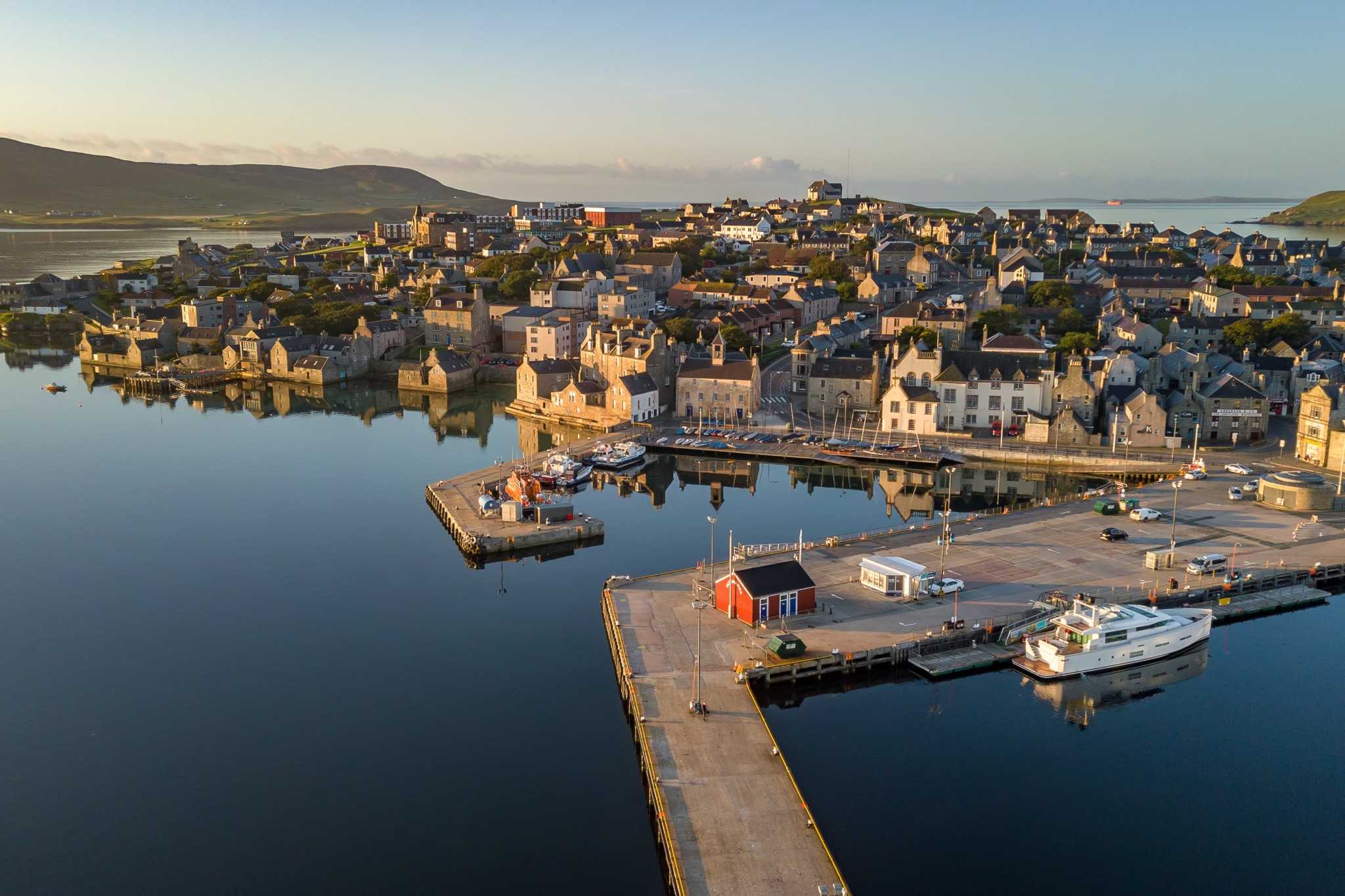
Sorry, something's gone wrong. We can't display this content at the moment.
JavaScript needs to be enabled to watch this video. You can turn this on in your browser settings.
In Viking footsteps
Delve into Shetland's Norse past.
Sorry, something's gone wrong. We can't display this content at the moment.
JavaScript needs to be enabled to watch this video. You can turn this on in your browser settings.
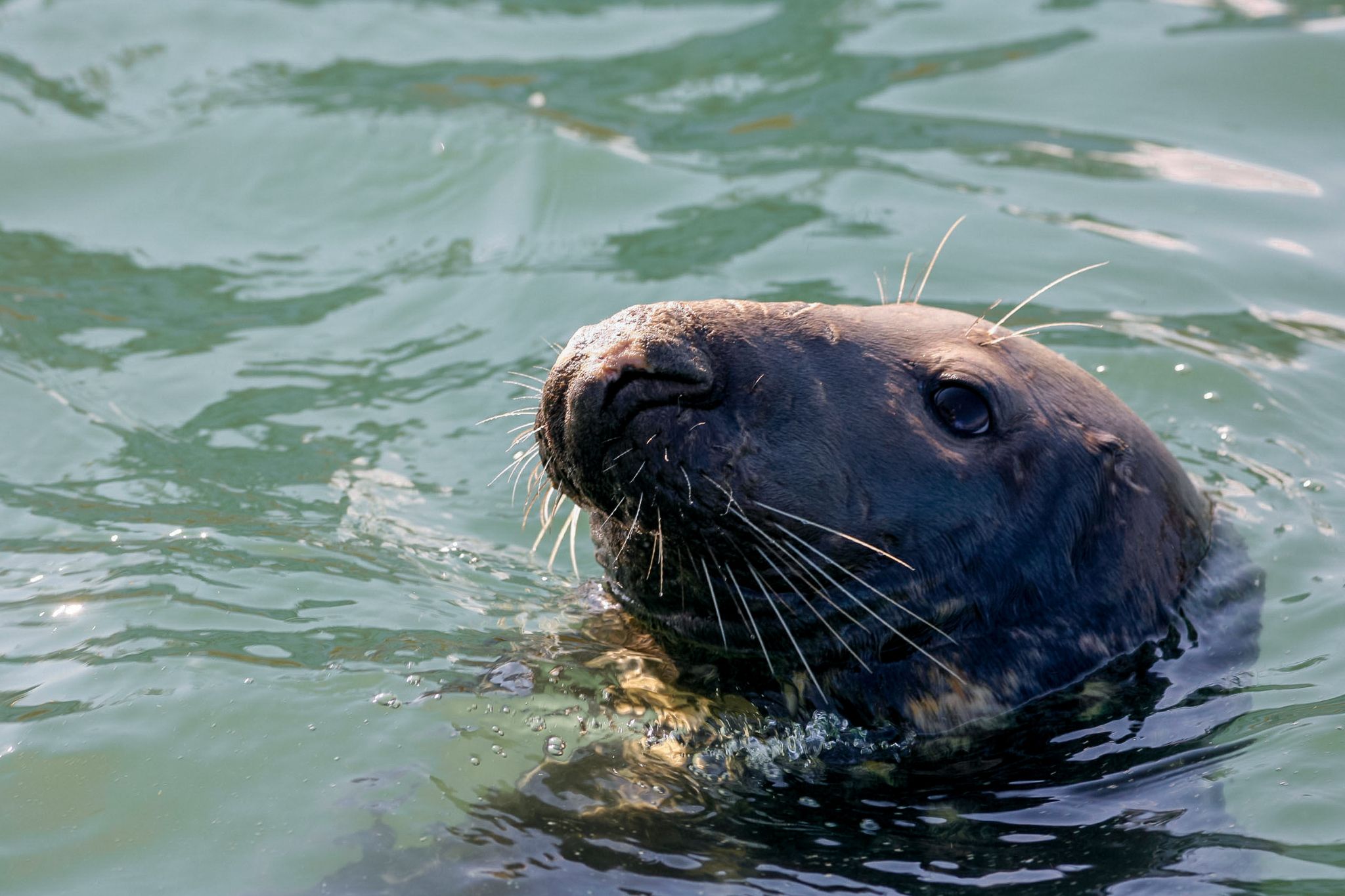
Sorry, something's gone wrong. We can't display this content at the moment.
JavaScript needs to be enabled to watch this video. You can turn this on in your browser settings.
Nature and wildlife in Shetland
Shetland has a fascinating and unique natural environment.
Sorry, something's gone wrong. We can't display this content at the moment.
JavaScript needs to be enabled to watch this video. You can turn this on in your browser settings.
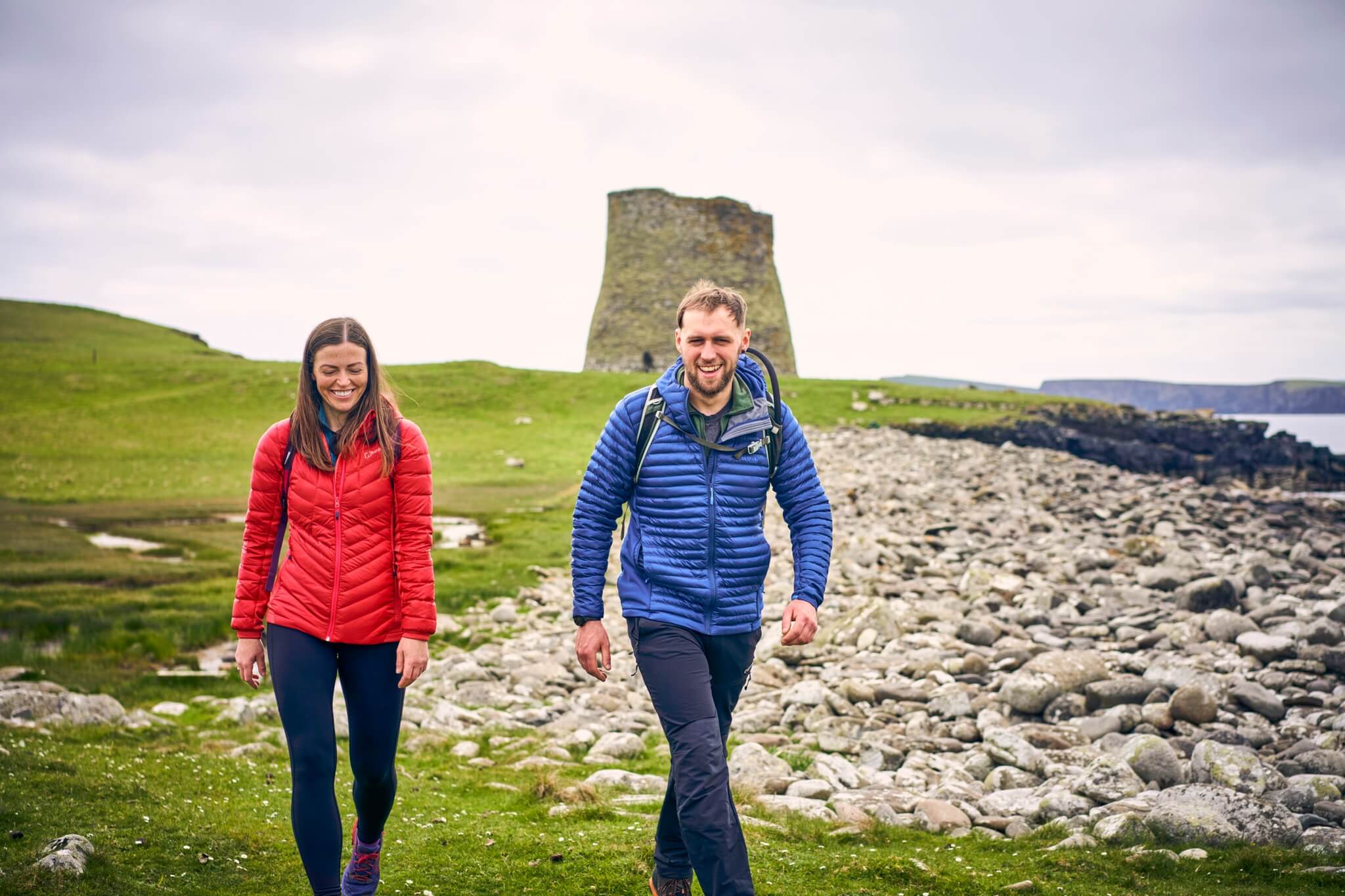
Sorry, something's gone wrong. We can't display this content at the moment.
JavaScript needs to be enabled to watch this video. You can turn this on in your browser settings.
World class archaeology
Explore 5,000 years of human history at some of Shetland's best-known historic sites.
Inspiration for Shetland breaks
Braewick Caravan & Campsite
© VisitScotland / Paul Tomkins
Places to stay
Stay in a stunning Shetland hotel, or what about a cosy lighthouse? From B&Bs to budget-friendly hostels and campsites, there are spectacular places to stay in Shetland.
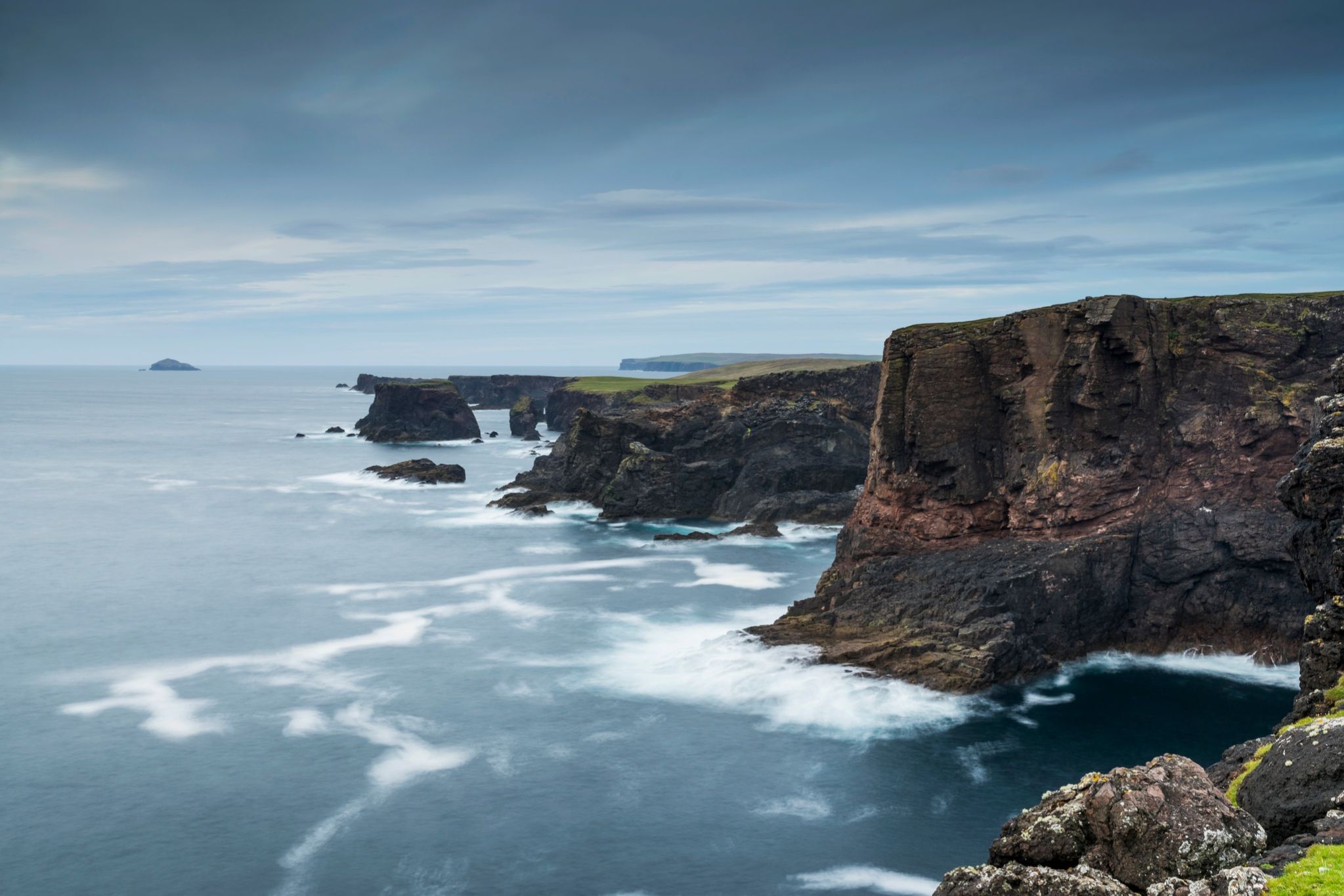
The Eshaness Cliffs
Routes, tours & trails
Shetland provides visitors with many miles of stunning landscapes and glorious island scenery to explore on foot and by bike. Here are some wonderful walks, trails and tour ideas.
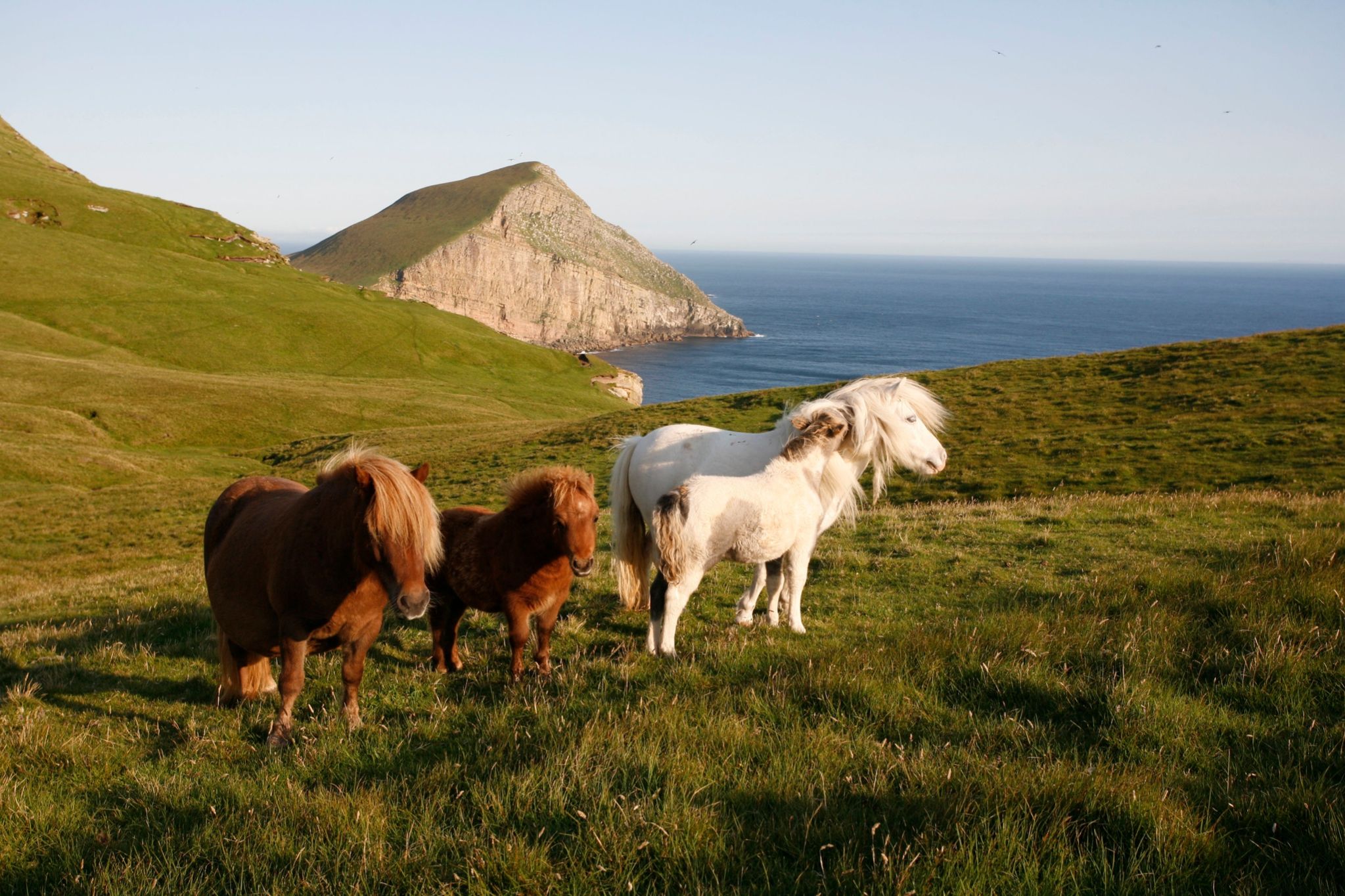
Shetland ponies roaming the hills on Foula
Unique Experiences
Shetland is an archipelago of extremes, where life is shaped by the ocean. You will find freedom, wildlife and beauty here, but also rich culture and a dynamic, forward-looking community.
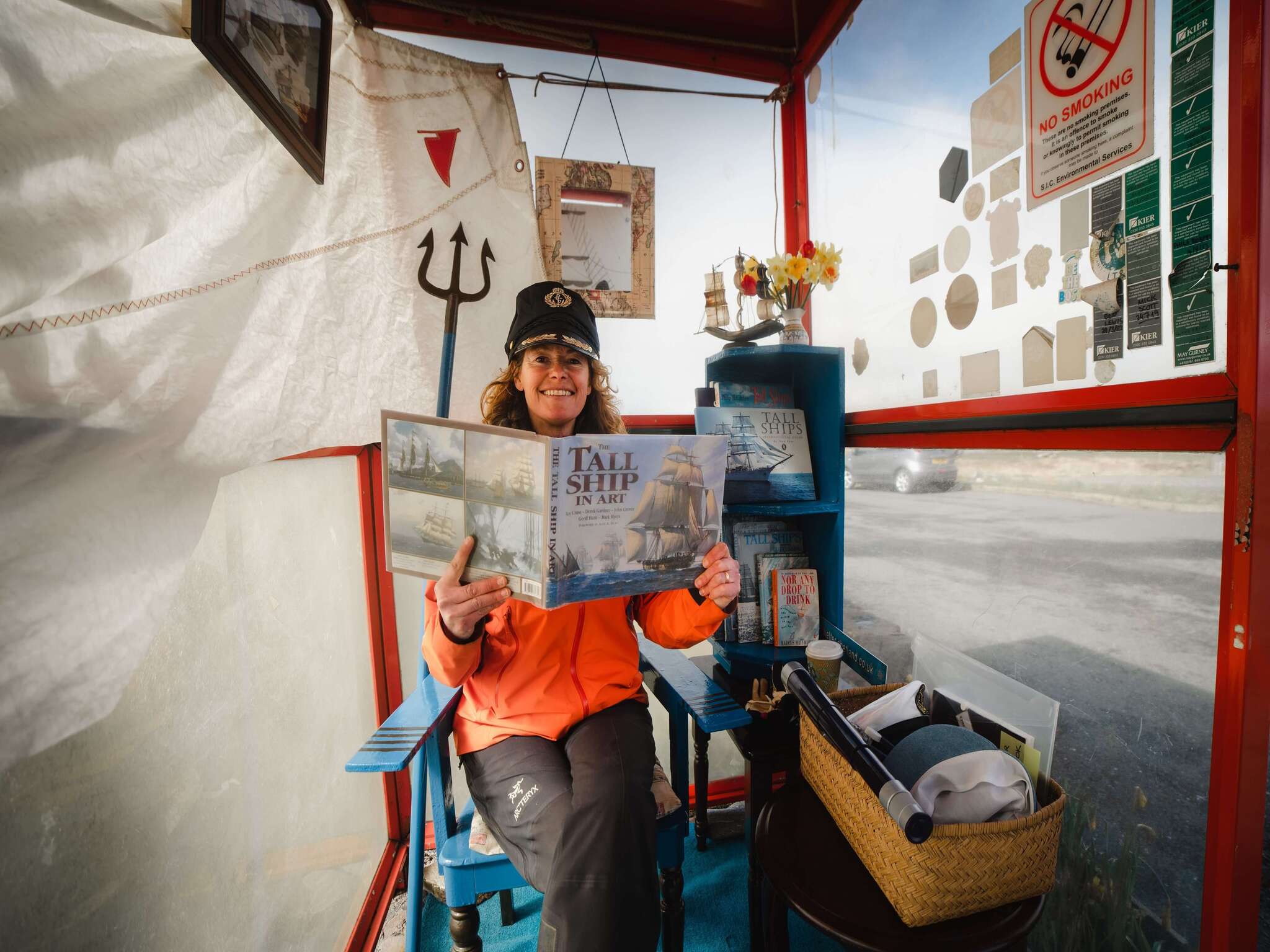
Kate Humble in Unst
© Promote Shetland / Jonathon Bulter
Kate Humble's Unique Shetland Experience
Join nature and wildlife presenter Kate Humble for a special Shetland experience. Kate tells us what she loves about the islands and what captured her imagination on her visit to this unique archipelago. Experience Shetland's unique charms for yourself with Kate Humble’s film.
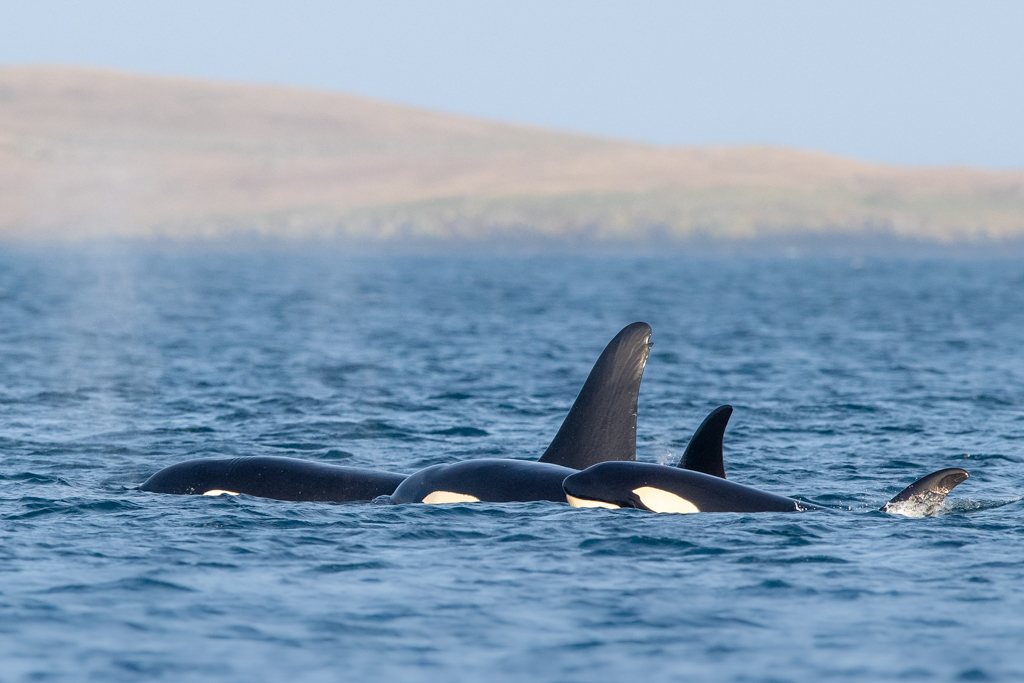
A pod of orcas off the coast of Shetland
© Brydon Thomason
Shetland awarded IMMA status
Shetland has been recognised as an important marine mammal area (IMMA) for orca, harbour porpoise, humpback whale and minke whale. The Shetland islands join the likes of Antarctica, Madagascar, Baja California and Patagonia who all have IMMA status.
Map of Shetland
Explore Shetland
Get friendly and helpful advice for your trip at our iCentres.
Loading
Javascript is needed to show this map.
Javascript is needed to show this map.
Travel to and around
Shetland may be the most northerly point of the British Isles, but it is also surprisingly accessible by ferry and plane. The island is also well served by public transport services including bus and inter-island flight and ferry services, helping you get from A to B in no time.
Getting to
Ferry
Take the overnight ferry to Lerwick from Aberdeen or Kirkwall with NorthLink Ferries.
For full details, prices and booking, visit the NorthLink Ferries website
Flying
Fly into Sumburgh Airport from a number of destinations.
Flying is the quickest way to get to Shetland with daily flights to and from major Scottish airports, and regular summer flights from Bergen in Norway.
Getting around
Ferry
Shetland Islands Council operate an inter-island ferry service. The services are fast and frequent, and you can travel to all of them as a foot passenger and many of them with your own vehicle.
Bus and coach
Bus services within Shetland are provided by Zetland Transport Partnership and operated by a number of different operators.
Check out bus timetables and other transport information from ZetTrans
Cycling
Shetland is part of the National Cycling Network and the North Sea Cycle Route passes through the islands.
Shetland offers quiet roads in excellent condition for cycle touring. There are bike hire shops in Lerwick, with electric, road and mountain bikes available.
Vehicle hire
Explore Shetland at your own pace and hire a car, coach or motorhome.
Driving
Shetland is beautiful to drive around, however it is important to take care as many of the roads here are single track.
Taxi
There are several taxi companies operating in Shetland.
Flying
The Inter-island flight service is operated by Airtask Group making it easier to go island-hopping around Shetland’s most remote islands.
Flights depart from Tingwall Airport flying direct to Fair Isle, Foula and Papa Stour frequently.
What's on in Shetland
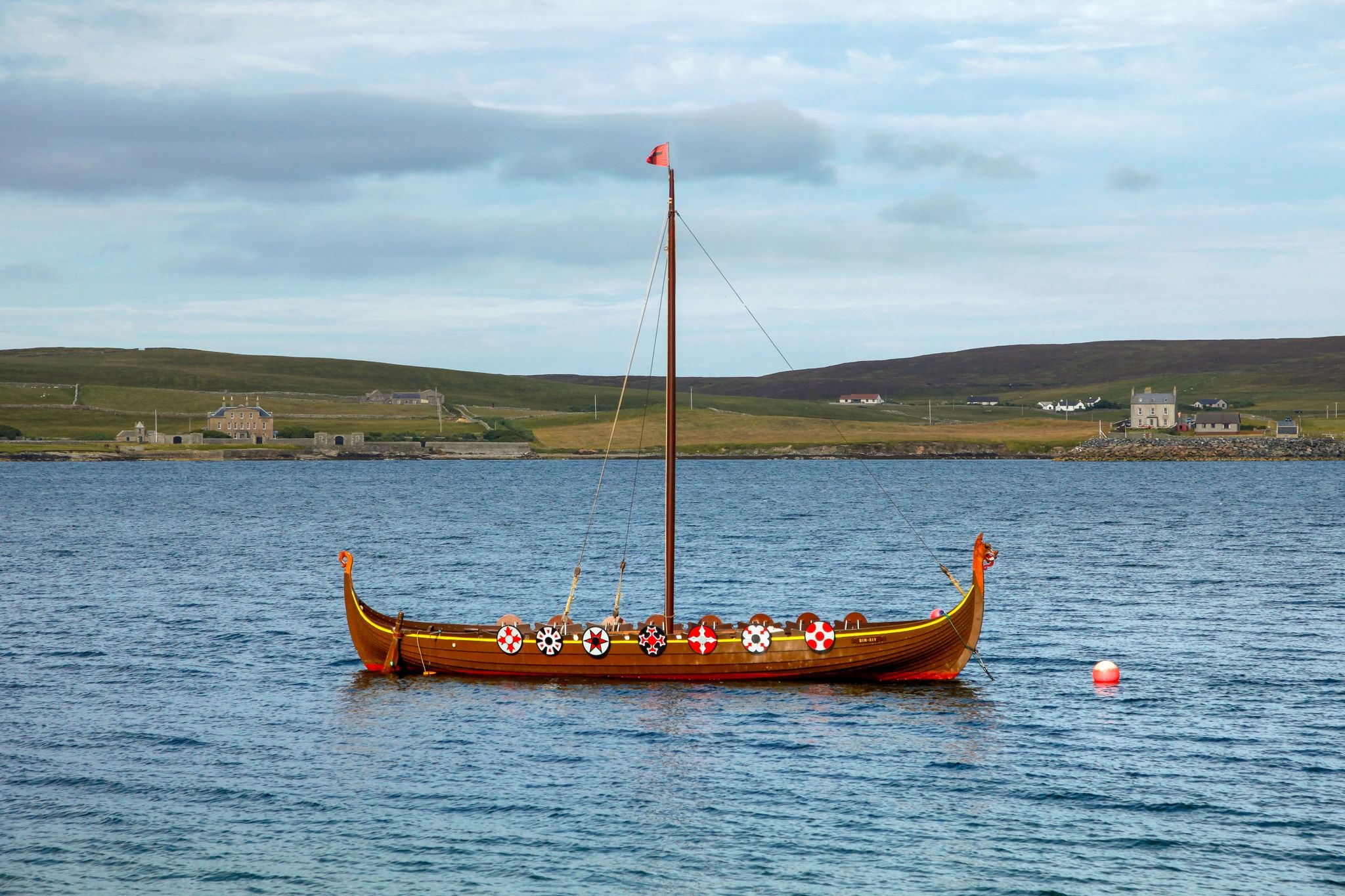
Viking ship replica
Events
Enjoy an event or festival in Shetland, there is always lots of things to do.
Where to eat in Shetland
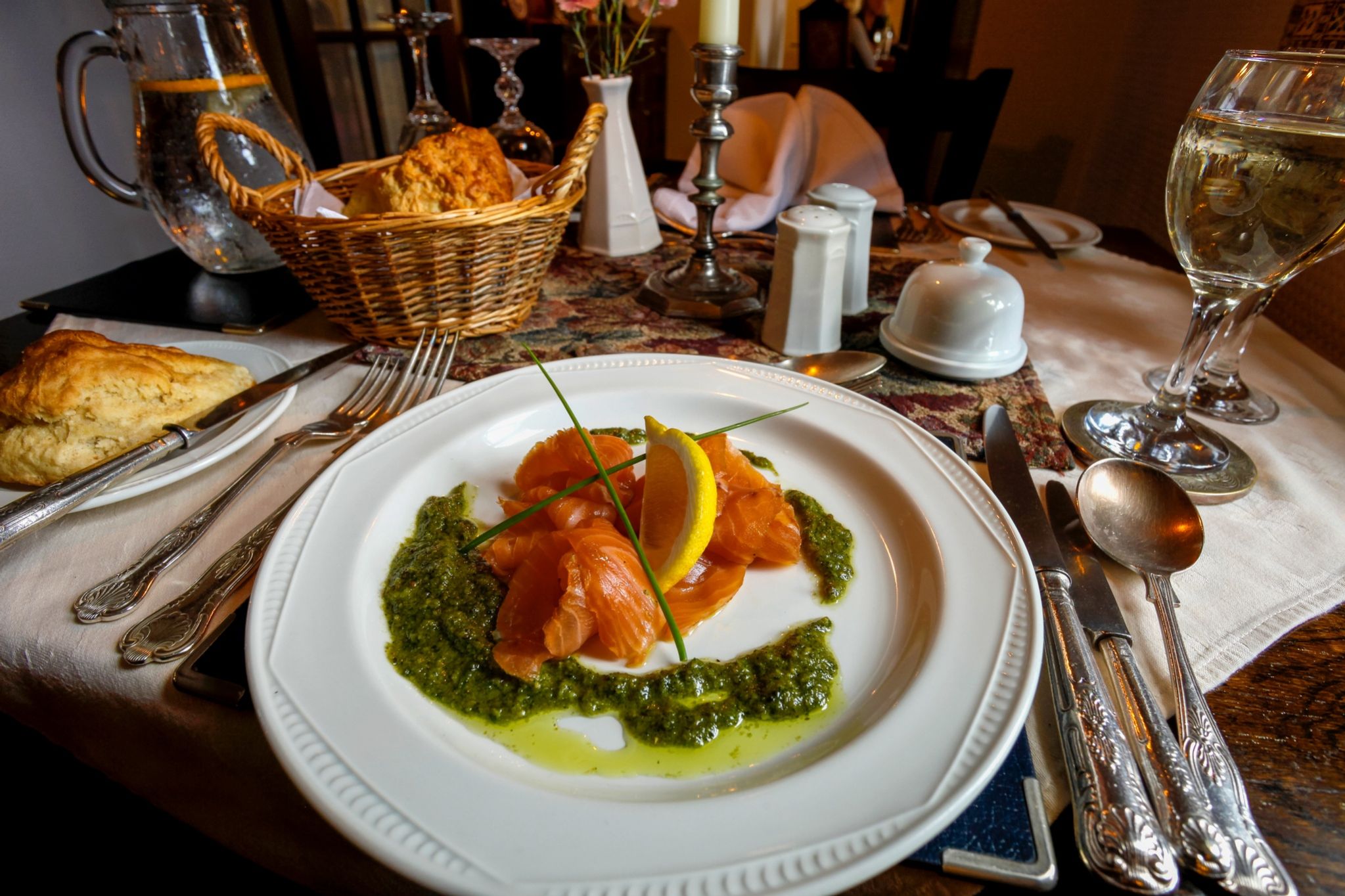
Smoked salmon served at the Busta House Hotel
Food & Drink
From Shetland pubs to amazing island restaurants, you're sure to eat well on these islands.
A tip from your local expert
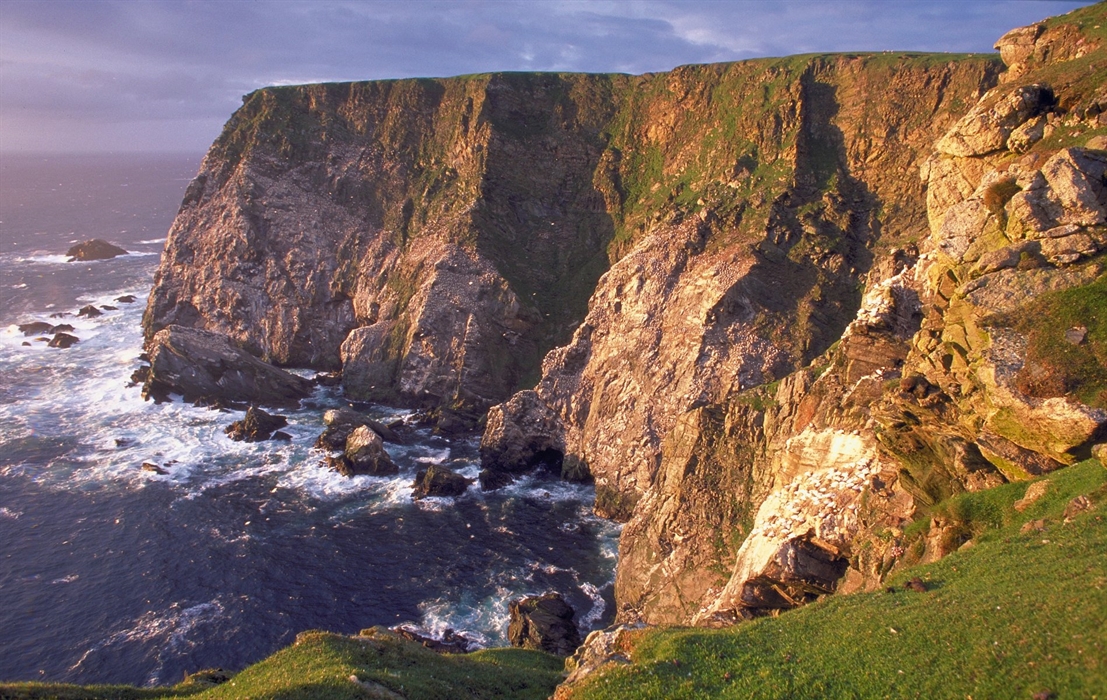
Hermaness National Nature Reserve
Hermaness is a spectacular wilderness. In summer the moorland teams with Great Skua & Golden Plover before you reach the dramatic cliffs which are a seabird city. In winter, the bleak moorland leads to the Atlantic at its most dramatic.
Robin
Assistant iCentre Manager, Lerwick
Other things you might like
Join our Newsletter Clan
Get Scotland inspiration direct to your inbox. Don't miss the inside track from our Scotland experts on exciting trip ideas, unique attractions and hidden gems loved by locals.

